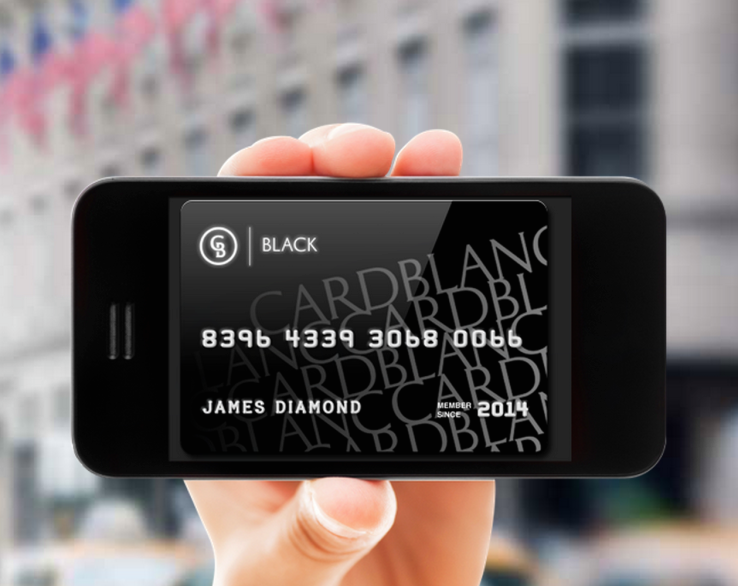Social Commerce App CardBlanc Puts A Shopping Mall On Your Phone
CardBlanc, a
new e-commerce application targeting millennial spenders officially
launched today, introducing a financial platform for easier mobile
checkout combined with social activity similar to what you’d see on
sites like Pinterest or Wanelo. The effort, which involves an iOS app
and virtual payment card backed by PayPal, aims to turn product
discovery into real-world purchases by allowing users to not only see
what their friends “like,” but also what they’re actually buying.
To use CardBlanc, consumers just download the app to their phones and
set up an account. The “card” provided is merely a front-end to a
PayPal account for now, but co-founder and CEO Tina Hay says they want to open up to more funding sources in the future, including credit and debit cards.
In the meantime, however, users can load funds onto their virtual
cards by transferring from their bank accounts, or they can simply use
their already established PayPal account, as they would anywhere else on
the web, in order to check out quickly by pulling the necessary funds
from a PayPal balance or a bank account already connected with
that PayPal account.
While the financial platform under the hood is going to be a big
focus for the company as it moves into the offline world with
Point-of-Sale and Apple Pay integrations, peer-to-peer payments and
more, today’s app is heavily focused on e-commerce and consumer spending
behaviors.
“A lot of the sites – the PayPal’s and the Venmo’s – have some of the
features [we offer]…but what we’ve built into the application are
features that make it more social, more connected,” explains Hay. These
features are designed to make shopping more attractive to younger adults
and millennials, she says.
Purchases, by default, are publicly shared in CardBlanc, though users
can opt to turn this off. That makes the app sound similar in some ways
to an older startup called Blippy, which once tried to build a social service around publicly shared purchases, or, for a more modern-day example, Venmo’s social feed.
“We’re working with a generation that’s more open to sharing, and
posting and being more open about purchases,” notes Ha, making the
argument, as many post-Blippy services do, that Blippy was just too soon.

0 comments:
Post a Comment